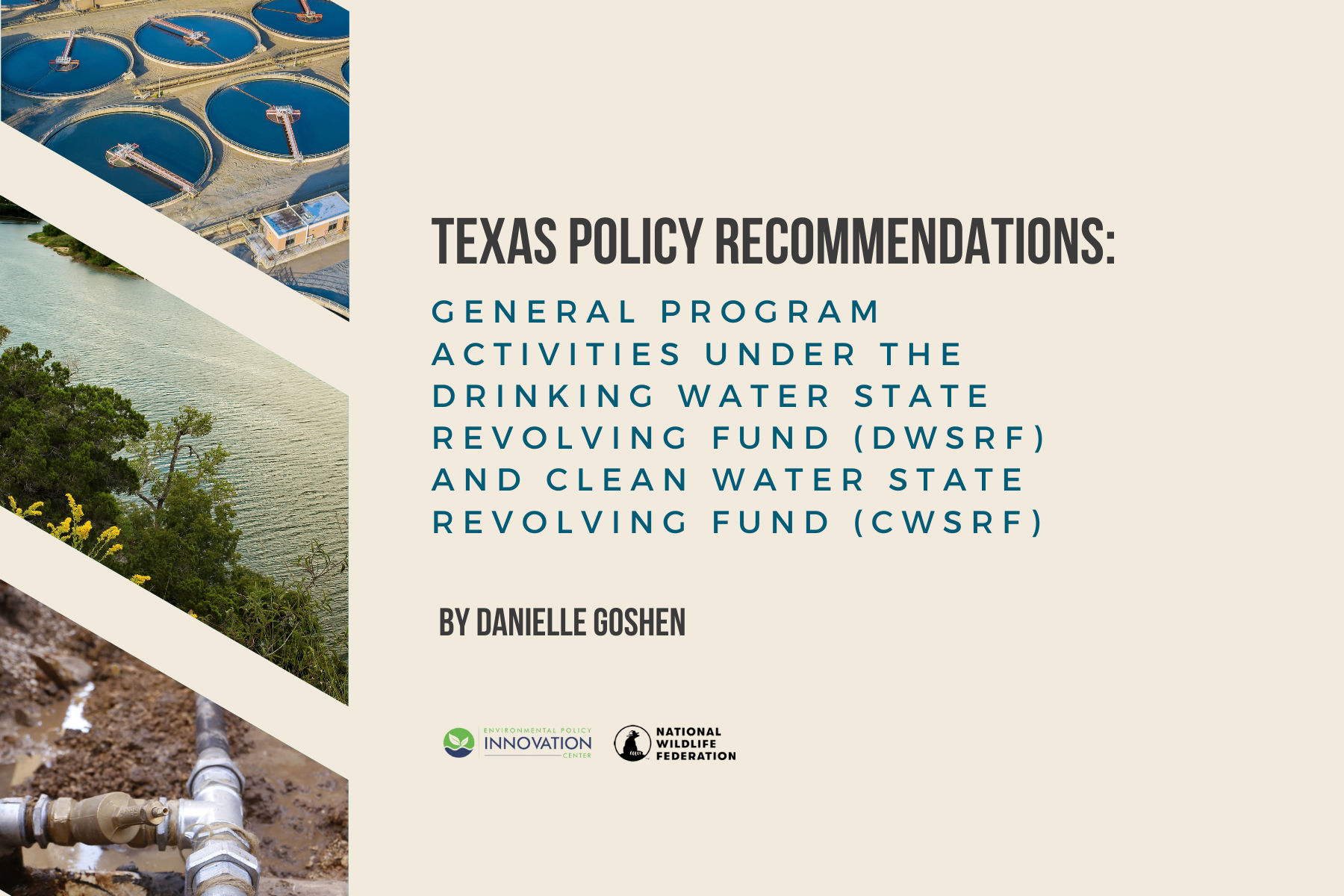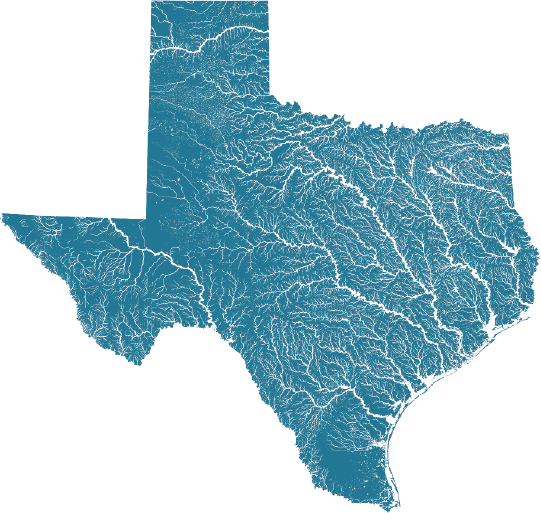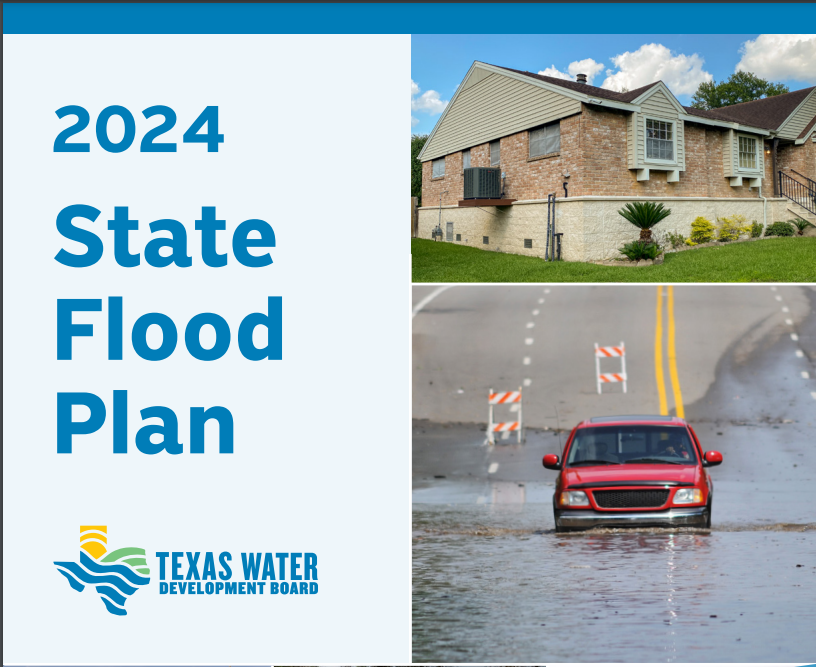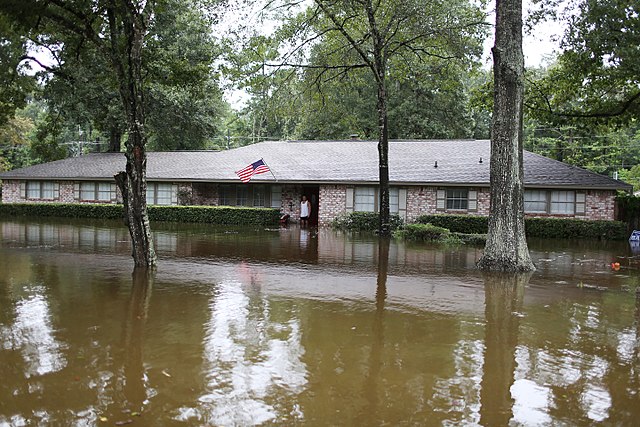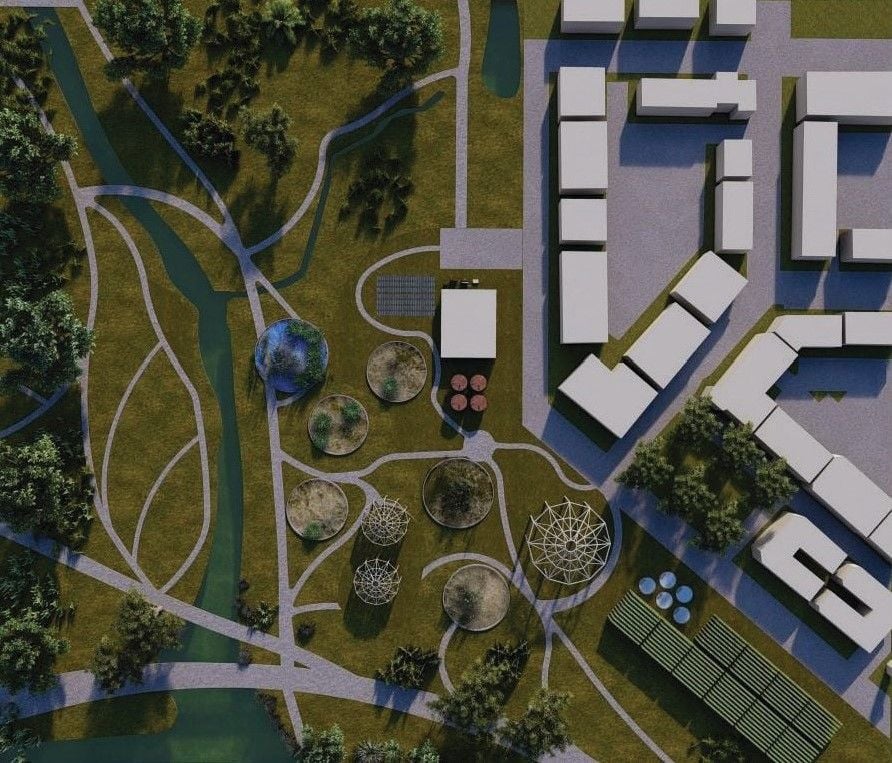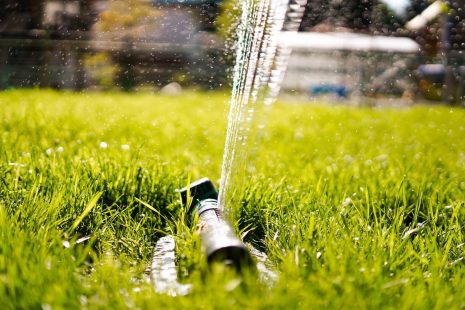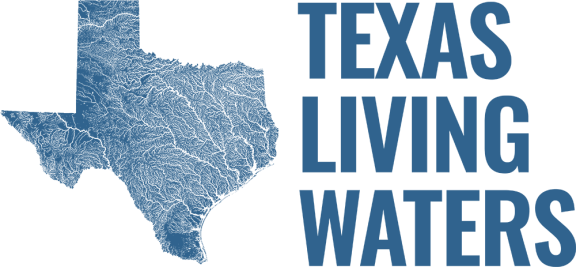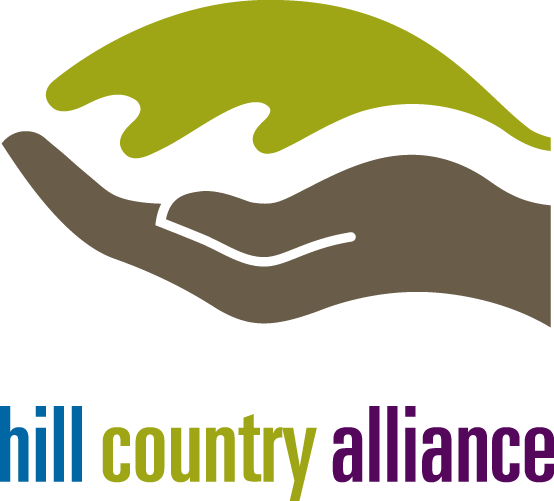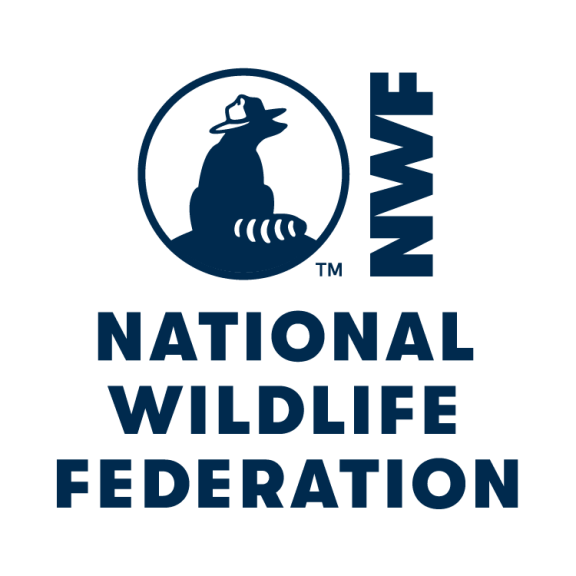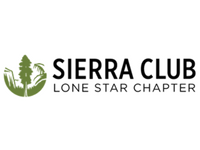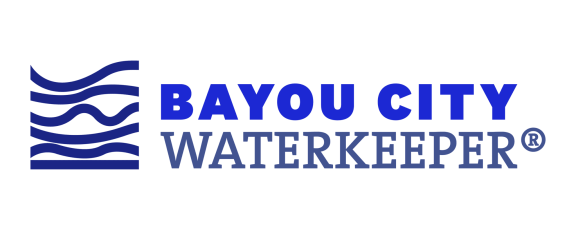The Clean and Drinking Water State Revolving Fund programs (CWSRF and DWSRF) are nearly synonymous with water and wastewater infrastructure financing in Texas. For decades the Texas Water Development Board (TWDB) has provided low-cost financing and forgivable loans through the SRF’s for projects in communities of all shapes and sizes, and unprecedented SRF investments through the Bipartisan Infrastructure Law (BIL) have shone a new light on the federal government’s confidence in state SRF programs as a mechanism to distribute critical public assistance.
The BIL has also re-energized an entire ecosystem of community advocates and technical assistance providers with a shared focus on ensuring public funds are utilized to the greatest possible effect. As a public policy issue, water represents the confluence of multiple advocacy priorities including social and environmental justice, community resilience, conservation of natural resources, protection of public health and safety, and a basic interest in effective governance. Affordability is a key issue underlying and informing many of these perspectives: the affordability of important projects by the utilities that need them, and the affordability of water & wastewater services by the households they serve. After all, utilities that can complete projects when needed are less prone to the inefficiencies and negative environmental impacts associated with deteriorating infrastructure, while equitable assistance directs project benefits to areas where the work is most needed and least affordable. Responsible administration of SRF funding should result in implementation of the goals and standards of the Clean Water Act and Safe Drinking Water Act in a manner that results in strong, resilient communities with secure water resources sustaining both human activity and the natural world.
As part of our work on PolicyLink’s Southern States SRF Policy Analysis & Advocacy Project, the National Wildlife Federation and the Environmental Policy Innovation Center (EPIC) developed a set of SRF Intended Use Plan (IUP) Policy Recommendations for consideration by the TWDB touching on the areas of equity, technical assistance and administration, and public access and transparency. Each year’s IUP is a fresh opportunity to make important and beneficial changes. However, TWDB staff are typically focused on administrative issues and EPA grant requirements rather than quantitative analyses or comparisons with other states. By offering thoughtful recommendations supported by good data, we hope to facilitate the development of effective SRF policy. These recommendations inform the comments we submitted to the TWDB during the IUP public comment period on August 2nd, but we are also eager to share them with the broader SRF community to support organizations and coalitions working to enhance the SRF programs in Texas.
The SFY 2025 Intended Use Plans introduce some interesting changes in both programs, some of which are broadly aligned with our recommendations. Updates such as the delineation of a “Very Disadvantaged” category of applicants are encouraging because they indicate the agency is open to considering adjustments in this important area of the IUP and are considering ways to target certain communities within the “Disadvantaged” category for additional assistance.
While some SRF changes made in recent years – particularly the flat principal forgiveness rate of 70% for all Disadvantaged communities – may only be in place temporarily to simplify the administration of BIL funds, they present an opportunity to re-evaluate the logic behind long-standing policies and make beneficial changes or updates.
For example, our recommendations describe simple calculations that incorporate American Water Works Association (AWWA) recommendations and would introduce new avenues for communities to qualify for Disadvantaged funds while ensuring the greatest assistance is reserved for those with the greatest need. The Household Cost Factor (HCF), which compares the cost of an SRF loan to the Annual Median Household Income (AMHI) of the applicant’s service area, has played a key role in the TWDB’s calculation of SRF Disadvantaged assistance for several years and is also utilized in other TWDB programs such as SWIFT. The HCF is based on an EPA metric known as the Residential Indicator, which is considered obsolete in light of more recent work including a 2019 report by the American Water Works Association which proposed new ways of measuring household and community affordability to improve on EPA’s existing affordability indicators. We recommend TWDB adopt the AWWA’s recommendations, which evaluate the burden of utility costs for the lowest-income households and the percentage of households at or below 200% of the federal poverty level. Much like the HCF, the AWWA’s method results in percentage values that are easily categorized to represent varying levels of disadvantage.
We also recommend the TWDB adopt a Disadvantaged Community Score (DAC Score) methodology to determine both the number of points awarded to disadvantaged community projects and the amount of principal forgiveness they are eligible to receive. The DAC score should consider relevant factors beyond income to recognize varying types and degrees of need, including social vulnerability and environmental justice indicators. Wisconsin is already using a DAC Score methodology, with the most disadvantaged areas scoring highest and receiving the largest amount of principal forgiveness. This approach is broader than the TWDB’s in the sense that it allows disadvantaged communities to qualify based on factors other than service area income, but also more focused because it provides the greatest assistance to communities demonstrating the greatest need. It also relies on publicly available data, allowing the TWDB to develop streamlined and automated internal processes to ensure that more data points do not necessarily mean more work.
We are glad to see TWDB will begin to utilize the CWSRF set-aside to support technical assistance programs. With these funds the Texas Commission on Environmental Quality (TCEQ) will create a new Wastewater Optimization Program (WWOP), which is described in the SFY 2025 IUP as operating similar to TCEQ’s current Texas Optimization Program (TOP). This is another positive change, but it remains to be seen what type of technical assistance is offered and how it will interface with rural and disadvantaged communities.
On the DWSRF side, we celebrate the creation of TWDB’s Technical Assistance in Water Loss Control (TAWLC) and Water Utility Technical Assistance Program (WUTAP) initiatives. Water loss is a major problem in Texas, and TAWLC will help bring communities closer to resolving their water loss issues by bringing them into compliance with reporting requirements and providing technical assistance to improve the quality of reported data. WUTAP will allow the agency to provide direct assistance to applicants lacking the administrative capacity to apply for and secure SRF funds.
We hope the TWDB will not only consider refinements to the agency’s policies around affordability and access, but also work to increase transparency in straightforward ways that will make it easier to track outcomes and clearly show the success of public investments in the agency’s programs. There is clear room for improvement in this area, as the agency has shortened its IUP public comment period in recent years and has continued the practice of posting only initial invited project lists, making it impossible to track the outcome of all projects listed in an IUP or the final allocation of each fund category. This basic information is already tracked by program staff and would be useful to the entire SRF community, including utilities waiting for invitations to apply as well as observers trying to advocate for continued SRF investments.
Although opportunities still exist to make logical and data-driven improvements to both SRF programs, the SFY 2025 IUP’s can be viewed as taking small but meaningful steps in the right direction. The TWDB continues to develop creative ideas and demonstrate an impressive level of administrative sophistication as it manages huge workloads with a surprisingly small (but talented) staff. We are excited to share our recommendations with the TWDB and collaborate with the broader SRF community to support the ongoing development of these crucial programs, which in turn support healthy and resilient communities across Texas.
Access the full recommendations here, and read our comments to TWDB linked below:
